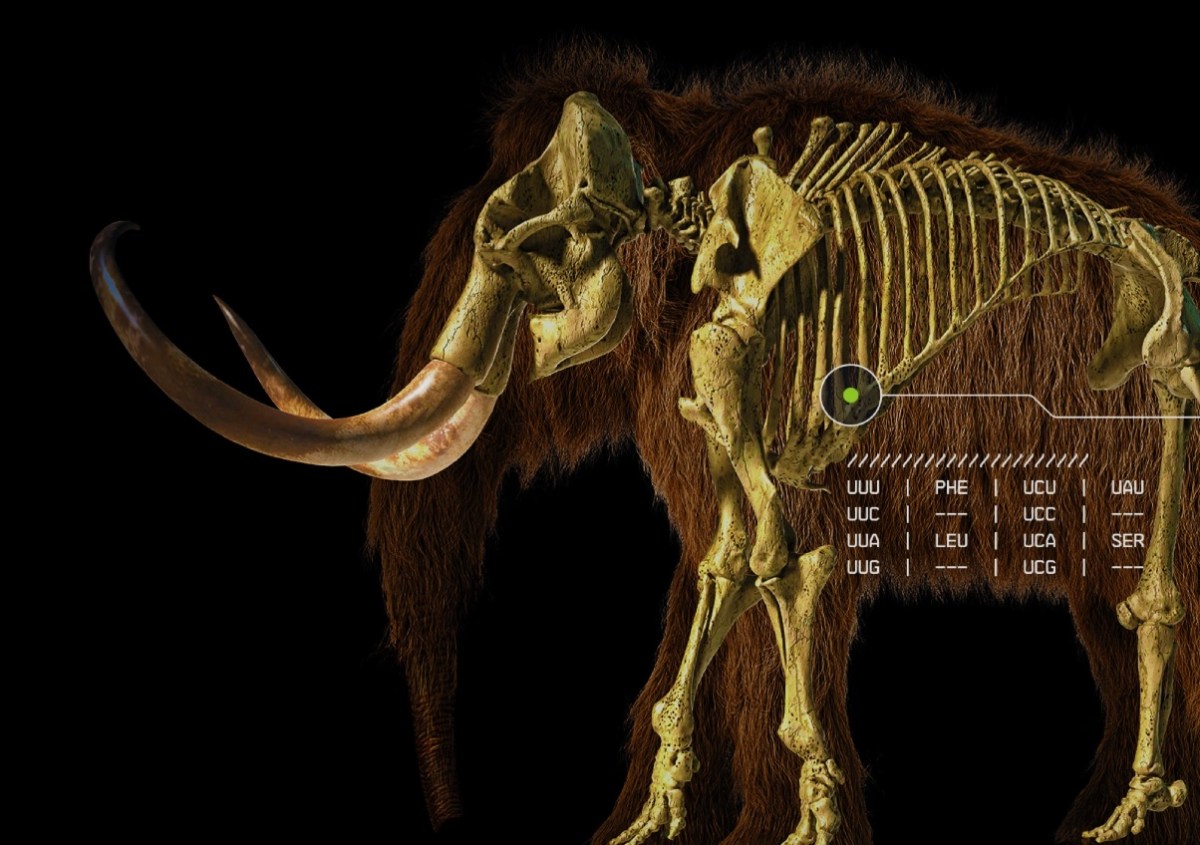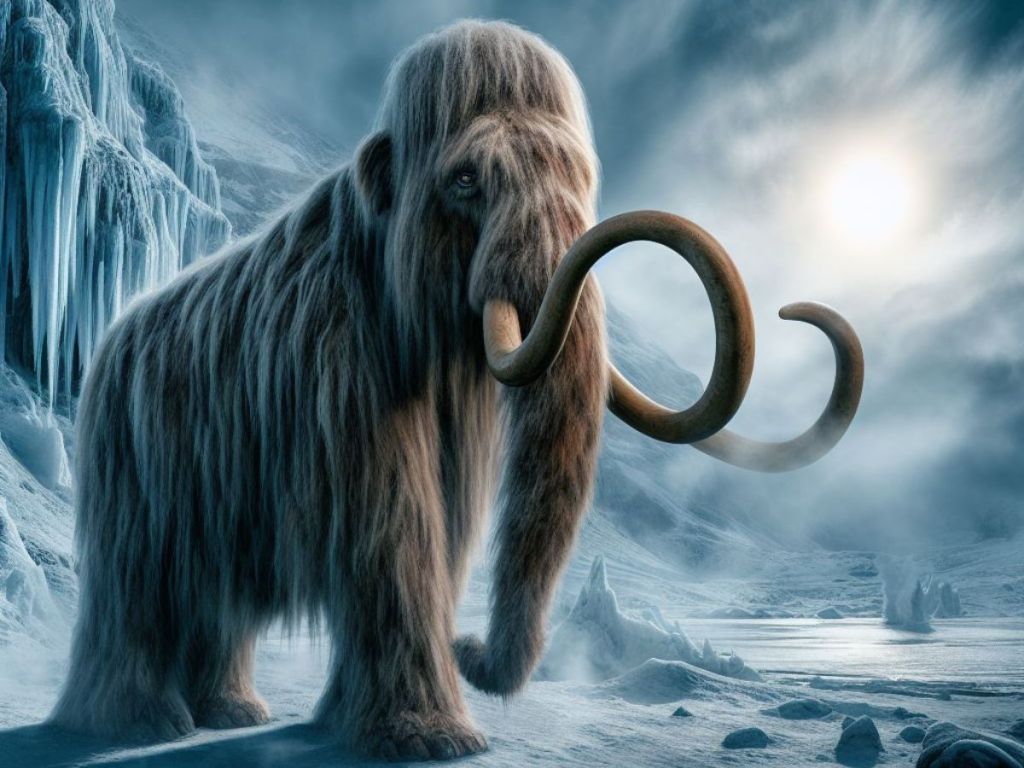In 2028, Woolly Mammoth calves will be born. That is, if everything goes to plan in the labs of gene research company Colossal. Ben Lamm – a tech entrepreneur and investor – heads Colossal, which is moving at breakneck speed in the race to resurrect extinct creatures. These include the Woolly Mammoth and the Tasmanian Tiger (also known as the Thylacine), the Dodo bird and the white rhino. The Moa bird has also caught their attention.
Lamm is in Sydney today for the SXSW tech festival, which began in Austin, Texas, and spread from there.
Lamm told The Chainsaw, “Our goal is that we will have mammoth calves by 2028. De-extinction to me is no longer science fiction because I see where we are in the process.”
He has been fundraising for several years, and Web3 and crypto companies are buying in.
Among the investors are crypto venture capitalists (VC) Winklevoss Capital, Coinbase seed investor Draper Associates, Metaverse gaming company Animoca Brands, founder of Cardano Charles Hoskinson, and NFT and Metaverse enthusiast Paris Hilton.
Web3 and de-extinction
Lamm joked that “it’s a pity we don’t have an extinction token!”
“If you look at the web three movement, all of these different technologies have ups and downs. But one idea remains: Decentralised science, like decentralised banking and tokens in alternative currency models, are creations of long-term thinkers. They want to move society forward. Colossal is long-term in its nature. And so for us, they made great early investors in the company.”
Woolly Mammoth education
Lamm says they have already raised hundreds of millions of dollars, and aren’t at the tech festival to seek more funding. They are in the education phase, where they plan to be an “open book” and explain everything that they are doing: “We feel that when you do anything that’s big and bold, it’s your job to be transparent. It’s your job to communicate to the public and listen to their feedback. It makes us better as a company when we’re hearing that feedback.”
Lamm also wanted to make an appearance at an Australian festival because of their lab in Melbourne. It is currently working on the de-extinction of the Tassie Tiger. “It just made sense for us to be a part of the festival.”
AI is speeding things up
As for the research, Lamm says AI Is instrumental in speeding the process up. “I don’t believe that some of the work would be where it is today, in some of the timelines that we have set, without AI.” In fact, the use of AI has been so crucial that Lamm says Colossal founded an AI tech company, FormBio.
So the question that everyone wants answered: Does the technology exist to clone a human? “Yes, it exists,” Lamm said. “It’s not legal for use in humans, but that technology does exist. Cloning technology applies to mammals, humans are mammals.”
After the calves are born
You might think that cloning one Woolly Mammoth or Tassie Tiger won’t be enough genetic diversity to allow them to mature and then breed with each other.
But Colossal has DNA from a lot of different mammoths. Lamm says they have “54 mammoth genomes” and that they will also use Asian elephant genes to build out the scaffolding to hold it together.
The mammoth and the Asian elephant share a hell of a lot of genes. “In fact, 99.6%. An Asian elephant is actually genetically closer to a Woolly Mammoth than it is genetically to an African elephant, which is absolutely crazy.”
Once the embryo is created, Colossal will implant the elephant-mammoth hybrid into a female elephant to be able to grow it into a calf. They can repeat this process, but as they progress, they can mix in some more genes from existing Asian elephants and other Woolly Mammoth DNA. This way there will be a more diverse gene pool.
So would this baby need to eat ancient food? Or could we just chuck it some bananas and hope for the best? Lamm says that they know a decent amount about what late-Pleistocene era vegetation looked like. “And there’s actually a tree that has fruit that mammoths love!”
But they won’t need to resort to ancient food. “We know what Asian elephants eat,” Lamm said. “We know how they graze. And so with that, we can work out a nutrition perspective.”

Rewilding
Ideally, Colossal would like to rewild the Arctic with Woolly Mammoths. “We work with conservation partners that specialise in rewilding elephants. So they will be key to our success in taking care of those little baby calves when we have them.”
Will an Asian elephant be able to breed with a mammoth? Yes, and Lamm explains that biological containment is something that they are discussing. “There’s actually data that suggests that mammoths and Asian elephants used to interbreed. So we can choose whether we want to keep segregating populations. But the idea of having a lineage of cold-tolerant elephants that can exist in the Arctic and be sustainable, that can move into colder areas to make up for habitat loss from humans, is very appealing.”
This thinking could also be applied to the Tassie Tiger, Lamm says: “Australia’s leading the world in mammalian extinction events, thanks to many things including invasive species. So we have to look at more radical approaches because if we don’t do anything, we will lose up to 50% of all biodiversity between now and 2050. We believe that the mammoth will be on track for 2028. And I do not believe that will be the first species that we bring back.”





